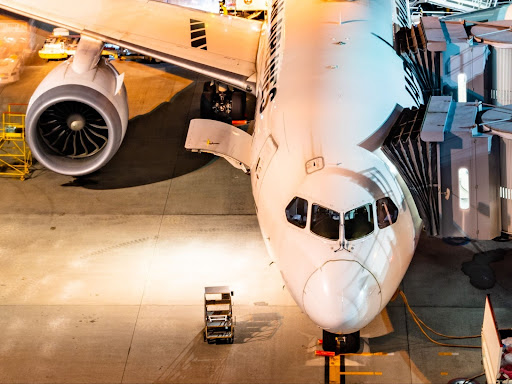2 Methods For Stripping of LPPS (Low Pressure Plasma Spray Coating)
Low pressure plasma spraying (LPPS) is a method of surface treatment employed to add beneficial qualities to the surface of structural materials while protecting them against wear and tear. LPPS coatings can alter the electrical properties, lubricity, and appearance of the substrate as well as replacing underlying materials that have worn away.
Plasma Coatings Are Strong, But Not Invincible
The high-temperature process uses specialized plasma spray coating equipment to deposit molten or semi-molten particles onto a prepared substrate at a low pressure. The particles impact and splat (flatten) onto the substrate surface, layering and consolidating into a consistent coating that is durable and challenging to remove.
While this coating is resilient, it is not impervious to damage. In cases where plasma coatings have become worn, chipped, or otherwise compromised, it may be necessary to remove them for recoating of the part with advanced MRO techniques. Below are two examples used at Metal Finishing Technologies to strip low pressure plasma spray coatings for MRO parts.
2 Methods for Stripping Low Pressure Plasma Spray Coatings
1. Stripping of Plasma Spray Chromium Carbide
Chromium carbide is typically composed of powdered tungsten, cobalt, and chromium. It’s applied through plasma spray coating techniques to give parts added protection from abrasive wear and tear in high temperature and/or corrosive environments. This dense, extremely hard coating stands up to oxidation, corrosion, and sweltering temperatures in excess of 900℉.
Due to high bond strength, it is difficult to remove through mechanical means. Grinding and abrasive blasting operations can be costly and risk damage to the knife edge. This process utilizes electrolytic chemical removal that involves immersion in a specialized salt bath and an application of an electrical charge. The underlying surface will remain intact and unharmed once the coating is dissolved and removed.
2. Acidic Peroxide Stripping of Plasma Coatings Method L
This method is ideal for tungsten carbide coatings, which are often used in aerospace for incredible hardness as well as high corrosion, temperature, and abrasion resistance. Typically, tungsten carbide powder is mixed with a binder material to form a tungsten carbide coating, which would be applied through the plasma thermal spray coating process.
This process calls for the removal of this coating with a specialty acidic peroxide stripping procedure that will not attack the base metal. The part is dipped in the peroxide bath, allowed to soak, and then rinsed (repeating as necessary) until the coating is completely removed and the unharmed substrate is exposed.
Looking For Coating Removal Services? Choose MFT.
From the first part to the last, Metal Finishing Technologies delivers consistent, world-class results with our low pressure plasma spray coating removal services. Our FAA Repair Station has been certificated since 1991 and regularly strips worn components to restore them for a return to service.
Contact the team at MFT today to learn more about our Nadcap-certified coating removal and metal finishing solutions. Let us know what specifications you need to meet and we’ll turn around a quote in 24 hours or less.

